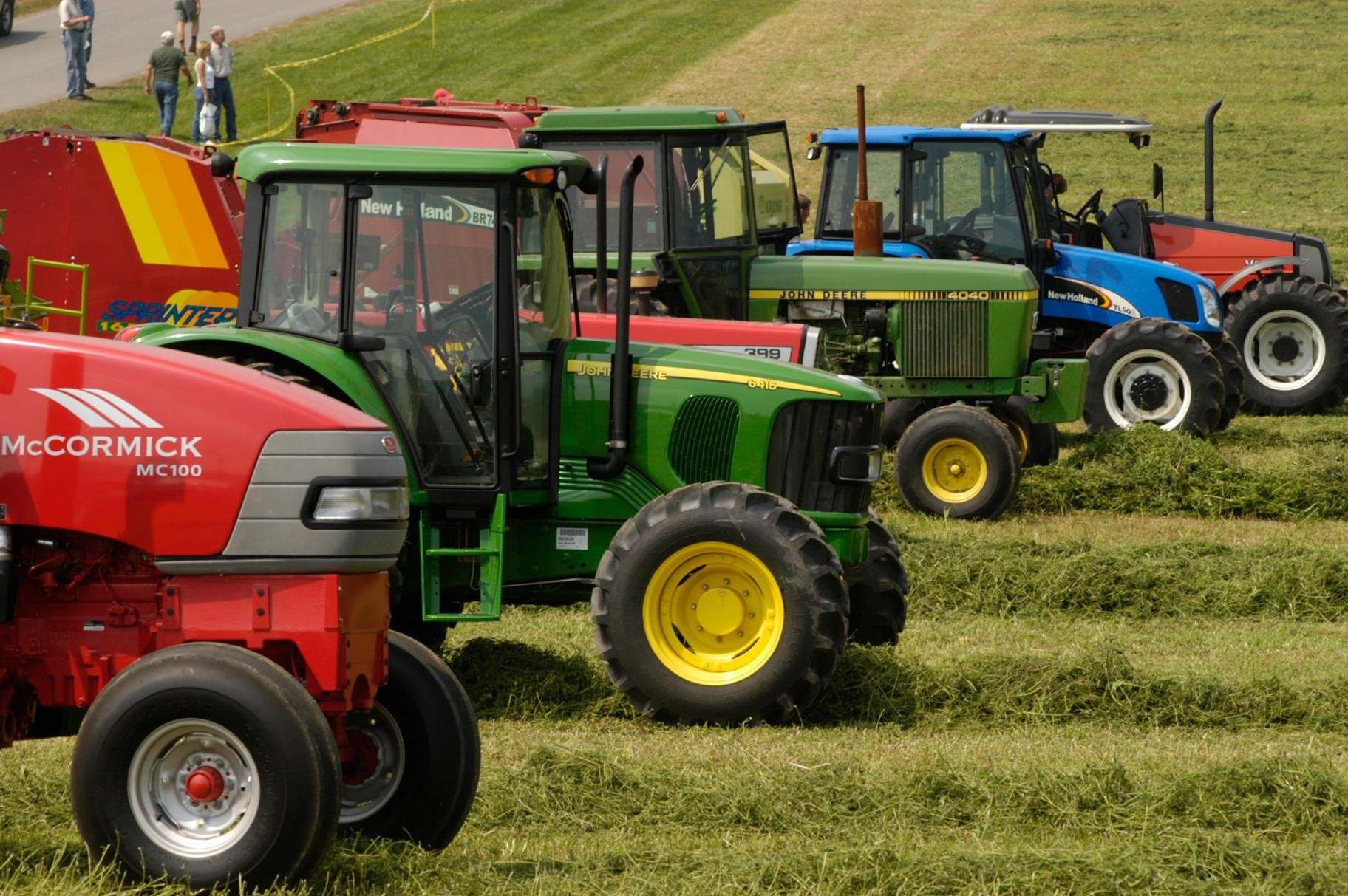
Machinery has revolutionized the way we live, work, and play. From the industrial giants that build our cities to the tiny gadgets in our pockets, machines are everywhere. But how much do you really know about these mechanical marvels? Did you know that the first steam engine was invented in the 1st century AD? Or that the world's largest machine is over 13 miles long? Whether you're a tech enthusiast or just curious, these 29 facts about machinery will blow your mind. Get ready to learn about the history, innovation, and sheer power of the machines that shape our world.
The Evolution of Machinery
Machinery has transformed human life in countless ways. From ancient tools to modern marvels, machines have been at the heart of progress.
- The wheel, one of the earliest machines, was invented around 3500 BC in Mesopotamia. It revolutionized transportation and trade.
- The first known mechanical computer, the Antikythera mechanism, dates back to 100 BC. It was used to predict astronomical positions and eclipses.
- Leonardo da Vinci sketched designs for numerous machines, including early concepts for helicopters and tanks, in the 15th century.
- The Industrial Revolution, beginning in the late 18th century, saw a massive increase in machinery use, particularly in textile manufacturing.
- James Watt's improvements to the steam engine in the 1760s greatly enhanced its efficiency, fueling the Industrial Revolution.
Machinery in Agriculture
Agriculture has benefited immensely from machinery, increasing productivity and efficiency.
- The cotton gin, invented by Eli Whitney in 1793, revolutionized cotton processing by quickly separating seeds from fiber.
- John Deere's steel plow, introduced in 1837, made it easier to till tough soil, boosting agricultural productivity.
- The first gasoline-powered tractor was developed by John Froelich in 1892, replacing animal labor with mechanical power.
- Combine harvesters, which combine reaping, threshing, and winnowing, were first introduced in the 1830s and have since become essential in modern farming.
- Precision agriculture uses GPS and other technologies to optimize field-level management, improving crop yields and reducing waste.
Machinery in Construction
Construction machinery has enabled the creation of towering skyscrapers, vast bridges, and extensive road networks.
- The steam shovel, invented in 1839, was one of the first pieces of heavy construction equipment, used for digging and moving large amounts of earth.
- The first bulldozer was developed in the 1920s, revolutionizing earthmoving and construction projects.
- Tower cranes, essential for building tall structures, were first used in the 1940s and have since become a staple on construction sites.
- The invention of the hydraulic excavator in the 1950s allowed for more precise and efficient digging operations.
- 3D printing technology is now being used in construction to create complex structures quickly and with less waste.
Machinery in Manufacturing
Manufacturing machinery has driven mass production, making goods more affordable and accessible.
- The spinning jenny, invented by James Hargreaves in 1764, allowed one worker to spin multiple spools of thread simultaneously.
- Henry Ford's introduction of the assembly line in 1913 revolutionized automobile manufacturing, drastically reducing production time and costs.
- CNC (Computer Numerical Control) machines, developed in the 1940s and 1950s, use computers to control machine tools, increasing precision and efficiency.
- Robotics have become integral to modern manufacturing, performing tasks ranging from welding to assembly with high precision.
- Additive manufacturing, or 3D printing, is transforming production by allowing for the creation of complex parts with minimal material waste.
Machinery in Medicine
Medical machinery has advanced healthcare, enabling earlier diagnoses and more effective treatments.
- The invention of the X-ray machine by Wilhelm Conrad Roentgen in 1895 revolutionized medical imaging.
- The first electrocardiogram (ECG) machine, developed in 1903, allowed doctors to monitor heart activity non-invasively.
- MRI (Magnetic Resonance Imaging) machines, introduced in the 1970s, provide detailed images of soft tissues, aiding in the diagnosis of various conditions.
- The development of robotic surgery systems, such as the da Vinci Surgical System, has enabled minimally invasive procedures with greater precision.
- Dialysis machines, first used in the 1940s, have saved countless lives by filtering waste from the blood of patients with kidney failure.
Machinery in Everyday Life
Everyday life is filled with machinery that makes tasks easier and more efficient.
- The first electric washing machine, invented in 1908, revolutionized laundry by automating the washing process.
- The microwave oven, introduced in the 1940s, drastically reduced cooking times and changed how people prepare food.
- Personal computers, which became widely available in the 1970s and 1980s, have transformed communication, work, and entertainment.
- Smartphones, combining computing power with communication capabilities, have become indispensable tools in modern life since their introduction in the early 2000s.
Final Thoughts on Machinery Facts
Machinery has shaped our world in ways we often take for granted. From the first steam engine to today's advanced robotics, these innovations have revolutionized industries and daily life. Knowing these 29 facts gives a deeper appreciation for the engineering marvels around us. Whether it's the efficiency of assembly lines or the precision of CNC machines, each piece of machinery tells a story of human ingenuity. Next time you see a construction crane or a factory robot, remember the history and technology behind it. These machines aren't just tools; they're milestones in our journey of progress. So, keep exploring, stay curious, and never underestimate the power of a well-oiled machine.
Was this page helpful?
Our commitment to delivering trustworthy and engaging content is at the heart of what we do. Each fact on our site is contributed by real users like you, bringing a wealth of diverse insights and information. To ensure the highest standards of accuracy and reliability, our dedicated editors meticulously review each submission. This process guarantees that the facts we share are not only fascinating but also credible. Trust in our commitment to quality and authenticity as you explore and learn with us.
